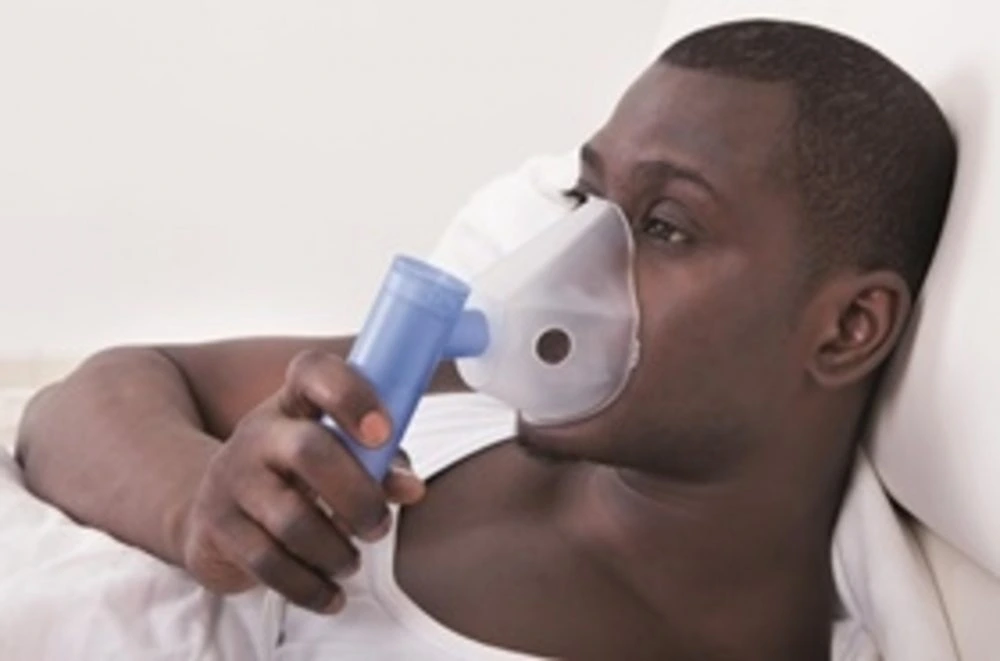Author's details
- Hakim A Abubakre
- BA (Hons) International Business Management, Msc Digital Marketing.
Reviewer's details
- Dr. Khashau Eleburuike
- MBBS (Ilorin) MSc. Global Health Karolinska Institute.
- Resident doctor in family medicine in Northen Sweden.

- Date Published: 2025-03-10
- Date Updated: 2025-03-10
Chronic Obstructive Pulmonary Disease (COPD)
Chronic Obstructive Pulmonary Disease (COPD) is a common lung disease that results in airflow restriction, making it difficult to breathe. This condition includes diseases like chronic bronchitis and emphysema, which cause damage to the lungs, often leading to the buildup of phlegm and reduced lung function. Symptoms of COPD typically include a persistent cough, wheezing, difficulty breathing, and general tiredness.
COPD is a progressive disease, meaning it worsens over time. It is often linked to other health issues, such as:
- Lung infections (flu, pneumonia)
- Lung cancer
- Heart problems
- Weak muscles and brittle bones
- Mental health issues like depression and anxiety
Although COPD has no cure, the condition can be managed, particularly if the person stops smoking or avoids exposure to harmful substances like biomass smoke (e.g., firewood smoke in poorly ventilated indoor areas).
COPD symptoms worsen over time, and they can be especially severe in the winter months. Early symptoms include:
- Shortness of breath: This is noticeable when exercising and can worsen over time, sometimes causing breathlessness during sleep.
- Chesty cough with phlegm: A persistent cough that produces stubborn phlegm.
- Frequent chest infections: Recurring lung infections, such as colds or pneumonia.
- Wheezing: A high-pitched whistling sound when breathing, often during exhalation.
As the disease progresses, additional symptoms may appear:
- Weight loss
- Fatigue
- Swollen ankles due to fluid retention
- Chest pain or coughing up blood (in severe cases)
Managing COPD effectively requires a combination of lifestyle changes and medical treatment. Here are some self-care recommendations:
- Quit smoking: Smoking is the primary cause of COPD, so stopping is crucial.
- Avoid exposure to biomass like burning wood, charcoal or fumes.
- Eat a balanced diet: Proper nutrition helps maintain energy levels and lung health.
- Exercise: Regular physical activity helps improve lung capacity and overall fitness.
- Get enough rest: Resting is important to manage fatigue and support healing.
- Take prescribed medication correctly: Medications such as bronchodilators and steroids can help open airways and reduce inflammation.
- Retrain breathing: Learning techniques like pursed-lip breathing can help manage shortness of breath.
- Avoid infections: Regular handwashing and avoiding sick people can help reduce the risk of respiratory infections.
- Learn effective coughing techniques: Coughing helps clear phlegm from the airways, improving breathing.
- Create an action plan: Work with your healthcare provider to manage symptoms and recognize when to seek medical help.
- Be aware of your condition: Keep track of symptoms and any changes to discuss with your doctor.
It’s important to seek medical attention if symptoms worsen. Severe symptoms may indicate an emergency or need for hospitalization. Call for medical help if you experience:
- Chest pain
- Rapid breathing or heart rate
- Bluish or gray color in lips or nails
- High fever with flu-like symptoms
- Disorientation or confusion
- Slurred speech
- Coughing up blood
Other symptoms to monitor include:
- Increased coughing or wheezing
- More frequent or severe shortness of breath
- Changes in mucus (color, odor, amount, or thickness)
- Swelling in the ankles, feet, or legs that does not go away with rest
- Unexplained weight changes (e.g., weight loss or gain)
- Morning headaches or dizziness
- Increased fatigue or weakness lasting more than a day
The most effective way to prevent COPD is to quit smoking. If you do not smoke, avoid starting. Smoking is the leading cause of COPD, and quitting can significantly reduce the risk. If you already smoke, talk to your healthcare provider about smoking cessation programs or products that can assist in quitting.
Additional preventive measures include:
- Avoid exposure to lung irritants: Air pollution, chemical fumes, dust, and secondhand smoke can all contribute to lung damage.
- Join support groups: If quitting smoking is difficult, many hospitals, workplaces, and community groups offer classes or programs to help people quit.
By taking these preventive steps, individuals can reduce their risk of developing COPD and manage their condition more effectively if diagnosed.
- https://www.who.int/news-room/fact-sheets/detail/chronic-obstructive-pulmonary-disease-(copd)
- https://www.nhs.uk/conditions/chronic-obstructive-pulmonary-disease-copd/symptoms/
- https://www.nationaljewish.org/education/health-information/living-with-copd-9826f095cebce546f6812912e325fc3f/managing-copd
- https://www.webmd.com/lung/copd/copd-flare-hospital
- https://www.nhlbi.nih.gov/health/copd/prevention
